Home>Ideas and Tips>How To Choose And Install The Right Bathroom Vanity For A Small Powder Room
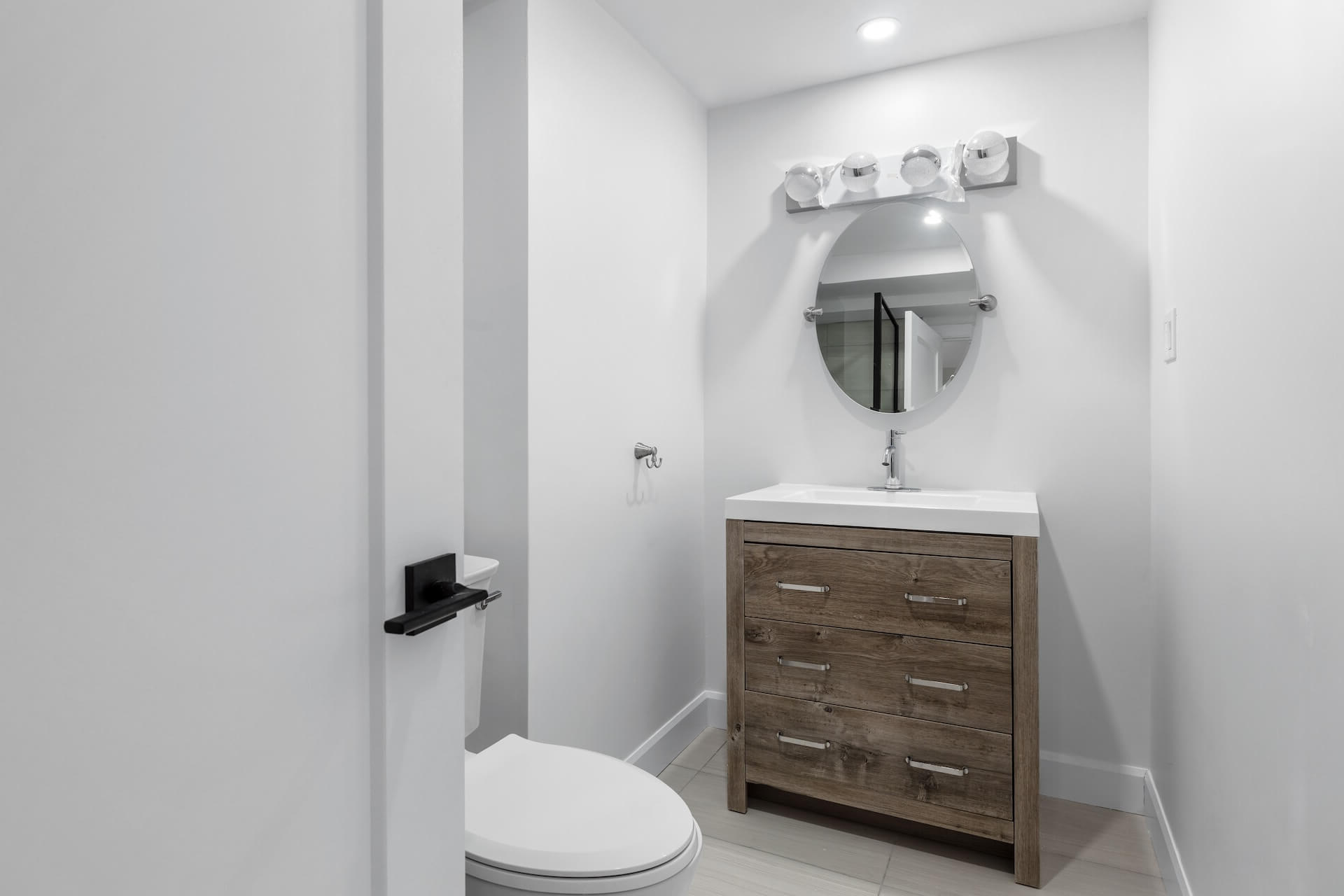

Ideas and Tips
How To Choose And Install The Right Bathroom Vanity For A Small Powder Room
Modified: October 28, 2024
Learn how to choose and install the perfect bathroom vanity for your small powder room. Maximize space, storage, and style with our expert tips.
(Many of the links in this article redirect to a specific reviewed product. Your purchase of these products through affiliate links helps to generate commission for Storables.com, at no extra cost. Learn more)
Choosing the right bathroom vanity for a small powder room can be a daunting task, especially with the numerous options available in the market. However, by considering a few key factors and following some practical steps, you can find the perfect vanity that not only fits your space but also enhances its functionality and aesthetics. In this article, we will guide you through the process of selecting and installing a bathroom vanity for your small powder room.
Determine Ideal Size
The first and most crucial step in choosing a bathroom vanity for your small powder room is to determine the ideal size. A vanity that is too large can overwhelm the space, making it look cluttered and less functional. On the other hand, a vanity that is too small may not provide adequate storage or surface area, which can be frustrating in the long run.
To measure your space accurately, you need to consider three main measurements: the length (or width) from one side to the other, the depth from front to back, and the height. While standard vanities are typically 21 inches deep and 31 inches high, you can find narrower models for smaller bathrooms and taller units that reach standard kitchen counter height (36 inches).
Measuring Your Space
- Length and Width: Measure the width of your powder room door and any obstructions such as windows or heating vents. This will help you determine how wide your vanity can be without obstructing the door or creating a narrow passageway.
- Depth: Measure the depth of your powder room, including any alcoves or recessed areas. This will help you determine how deep your vanity can be without extending into adjacent spaces.
- Height: Measure the height of your existing fixtures, such as the sink and any cabinets or shelves. This will help you determine how tall your new vanity should be to ensure it fits seamlessly into your existing layout.
Choosing the Right Size
Once you have measured your space, you can start looking for vanities that fit within those dimensions. Here are some general guidelines:
- Compact Vanities: For very small powder rooms, consider compact vanities that are around 16 inches wide. These vanities often have a sink and minimal storage but are perfect for small spaces where every inch counts.
- Standard Vanities: For most powder rooms, a standard vanity around 24-30 inches wide is ideal. These vanities provide ample storage and countertop space without overwhelming the space.
- Wall-Mounted Vanities: If you want to create the illusion of more space in your powder room, consider a wall-mounted vanity. These vanities are sleek and modern, making them perfect for small spaces where floor space is limited.
Define Practical Purpose
The type of bathroom your vanity is going into also helps define its purpose and the qualities it requires to fulfill that purpose. Here are some considerations based on different types of bathrooms:
Powder Room
In a small powder room, the vanity typically serves two purposes: it provides a sink for washing up and possibly a bit of storage for extra toilet paper and hand towels. Counter space is less of a priority and tends to be minimal; in some cases, it’s just a few inches on each side of the sink.
Kids’ Bathroom
In a kids’ bathroom, having a larger vanity with two sinks and extra countertop space can be convenient for streamlining daily routines. Larger vanities almost always come with ample storage space which ensures there are plenty of ways to contain clutter. Even minimalistic wall-mounted vanities have drawers, cabinets, or open shelves to hold toiletries and personal care items.
Main Bathroom
In a main bathroom used by multiple people, having a larger vanity with two sinks and extra countertop space can be very beneficial. This setup ensures that everyone has enough space to get ready in the morning without feeling cramped.
Establish Storage Needs
Storage is one of the biggest perks of having a vanity (as opposed to a space-saving pedestal sink). Smaller vanities may have a couple of drawers and a single cabinet, while larger vanities often have multiple cabinets and stacks of drawers for optimal organization.
Evaluating Your Storage Needs
Take stock of the items you plan to keep in your vanity as you consider your options. Whether you’ve got a lot of stuff or just a little, look for a model that provides the best storage volume and configuration (a combination of drawers, cabinets, and open shelves) to meet your needs.
Types of Storage Options
- Drawers: Ideal for organizing smaller items like makeup and grooming tools.
- Cabinets: Provide larger storage space for towels, cleaning supplies, and more.
- Open Shelving: Offers easy access to frequently used items and can be styled with decorative baskets or towels.
Consider features like soft-close drawers, adjustable shelves, and built-in organizers to enhance the functionality of your vanity.
Consider Style Options
Once you’ve determined the vital stats of your vanity — from ideal size and number of sinks to desired surface area and storage needs — it’s time to consider style options. The style of your vanity should complement the overall decor of your bathroom.
Traditional Vanities
Traditional vanities are characterized by ornate details, carved wood, and classic finishes. They often have a furniture-like quality that can add an elegant touch to any bathroom.
Modern Vanities
Modern vanities are sleek and minimalist, often featuring contemporary materials like glass and metal. They create a clean, modern look that is perfect for contemporary bathrooms.
Transitional Vanities
Transitional vanities combine the best aspects of traditional and modern design into a timeless style that fits in anywhere. They offer a balanced look that can work well with various bathroom decors.
Rustic Vanities
Rustic vanities feature natural materials and distressed finishes, giving them a cozy, farmhouse feel. They are perfect for those who want to add a touch of rustic charm to their bathroom.
Choose Materials and Construction
The material and finish of your bathroom vanity play a significant role in its durability and appearance. Here are some common materials used in bathroom vanities:
Wood
Wood is a classic choice for bathroom vanities, offering a timeless look. It comes in various finishes such as oak, walnut, and cherry. However, it requires regular maintenance to keep it looking its best.
MDF (Medium-Density Fiberboard)
MDF is a budget-friendly option that can mimic the appearance of real wood. It is durable but may not be as strong as solid wood.
Metal
Metal provides a modern, industrial look and is often used for accents or frames. It is durable but may not be suitable for all bathroom decors.
Glass
Glass is ideal for creating a sleek, contemporary design. It can be used for countertops or cabinet doors and adds a touch of elegance to any bathroom.
Sink and Countertop Options
The sink and countertop are integral parts of the bathroom vanity. Here are some options to consider:
Undermount Sink
An undermount sink is installed below the countertop, creating a seamless look and easy cleaning. It is ideal for those who want a clean, modern appearance.
Vessel Sink
A vessel sink sits on top of the countertop, adding a dramatic, stylish touch. It is perfect for those who want to create a focal point in their bathroom.
Integrated Sink
An integrated sink is built into the countertop, offering a sleek and streamlined appearance. It is ideal for those who want a minimalist look.
Countertop Materials
Countertop materials vary widely, including marble, granite, quartz, and laminate. Each material has its own set of advantages and disadvantages:
- Marble: Luxurious and elegant but requires regular maintenance.
- Granite: Durable and resistant to stains but can be costly.
- Quartz: Non-porous and low-maintenance with a wide range of color options.
- Laminate: Budget-friendly and available in many styles though less durable than stone.
Installation and Plumbing
Before finalizing your bathroom vanity, consider the installation and plumbing requirements. Ensure that the vanity you choose can accommodate your existing plumbing or be modified to do so.
Steps for Installation
- Remove Old Vanity: If you are replacing an old vanity, remove it carefully to avoid damaging the surrounding area.
- Measure New Vanity: Measure the new vanity to ensure it fits perfectly in the space.
- Install Plumbing: Install the plumbing fixtures according to the manufacturer’s instructions.
- Secure Vanity: Secure the new vanity to the wall using wall anchors or screws.
- Connect Water Supply Lines: Connect the water supply lines to the faucet and other plumbing fixtures.
- Test Everything: Test all fixtures to ensure they are working properly.
Hiring a Professional
If you are not comfortable with the installation process or if it involves complex plumbing work, consider hiring a professional plumber or contractor. They will ensure that everything is installed correctly and functions properly.
Budget Considerations
Budget is an important factor in any home improvement project. Bathroom vanities come in a wide range of prices, from budget-friendly options to high-end designer pieces.
Determining Your Budget
Determine your budget early in the planning process and look for vanities that offer the best value for your money. Don’t forget to factor in the costs of installation, plumbing, and any additional features or accessories.
Top Bathroom Vanity Trends for 2025
- Floating Vanities: Floating vanities are a popular trend in modern bathroom design. Mounted to the wall, they create a sleek, minimalist look and make cleaning easier.
- Modern Materials: Modern materials like glass, metal, and quartz are becoming increasingly popular due to their durability and aesthetic appeal.
- Custom Designs: Custom designs are also trending as homeowners look to create unique spaces that reflect their personal style.
Conclusion
Choosing the right bathroom vanity for your small powder room involves careful consideration of size, practical purpose, storage needs, style options, materials, sink and countertop options, installation requirements, and budget constraints. By following these steps and considering these factors, you can find a vanity that not only fits perfectly in your space but also enhances its functionality and aesthetics. Whether you opt for a traditional or modern design, ensure that it complements the overall decor of your bathroom and meets all your practical needs.
Was this page helpful?
At Storables.com, we guarantee accurate and reliable information. Our content, validated by Expert Board Contributors, is crafted following stringent Editorial Policies. We're committed to providing you with well-researched, expert-backed insights for all your informational needs.
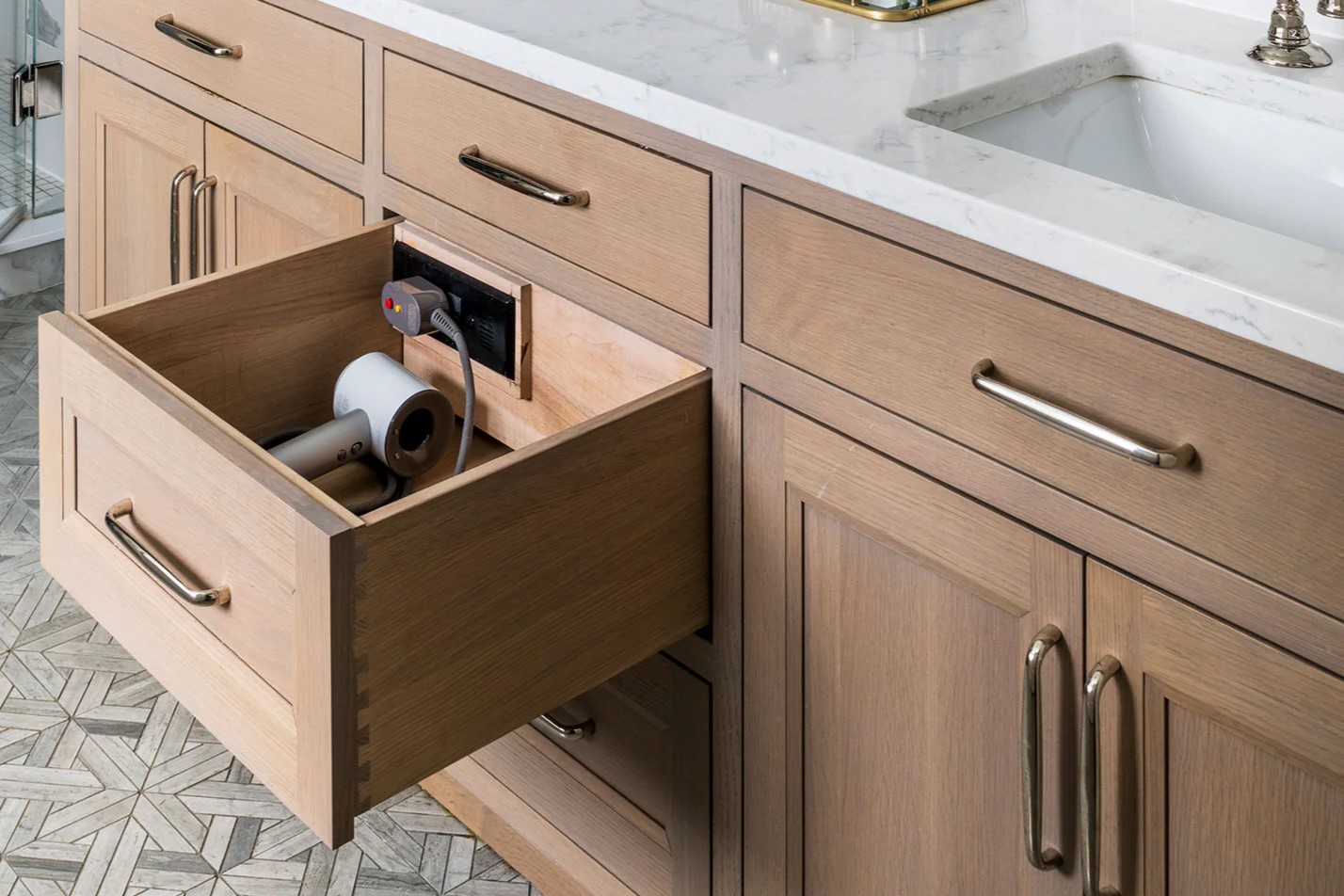
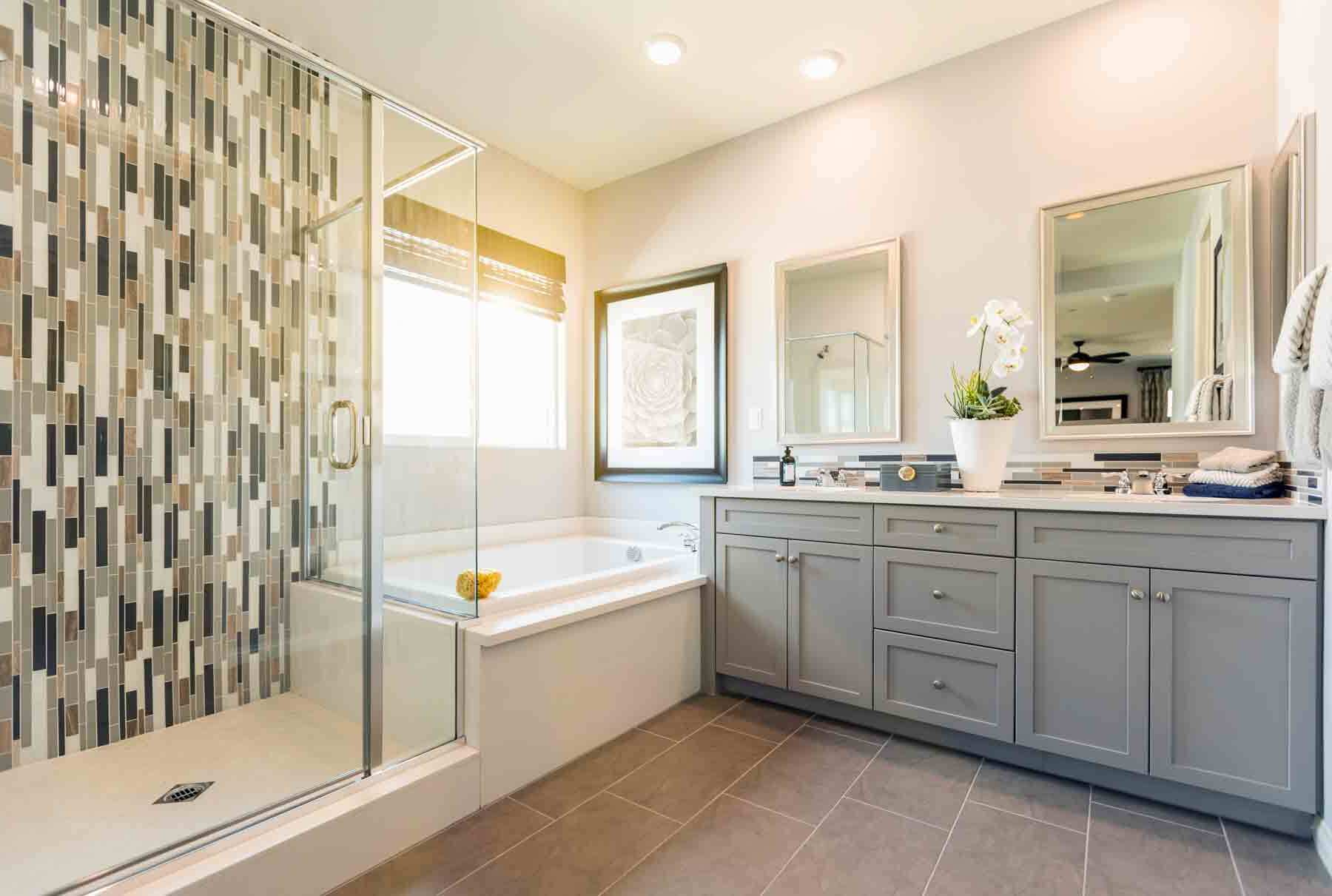
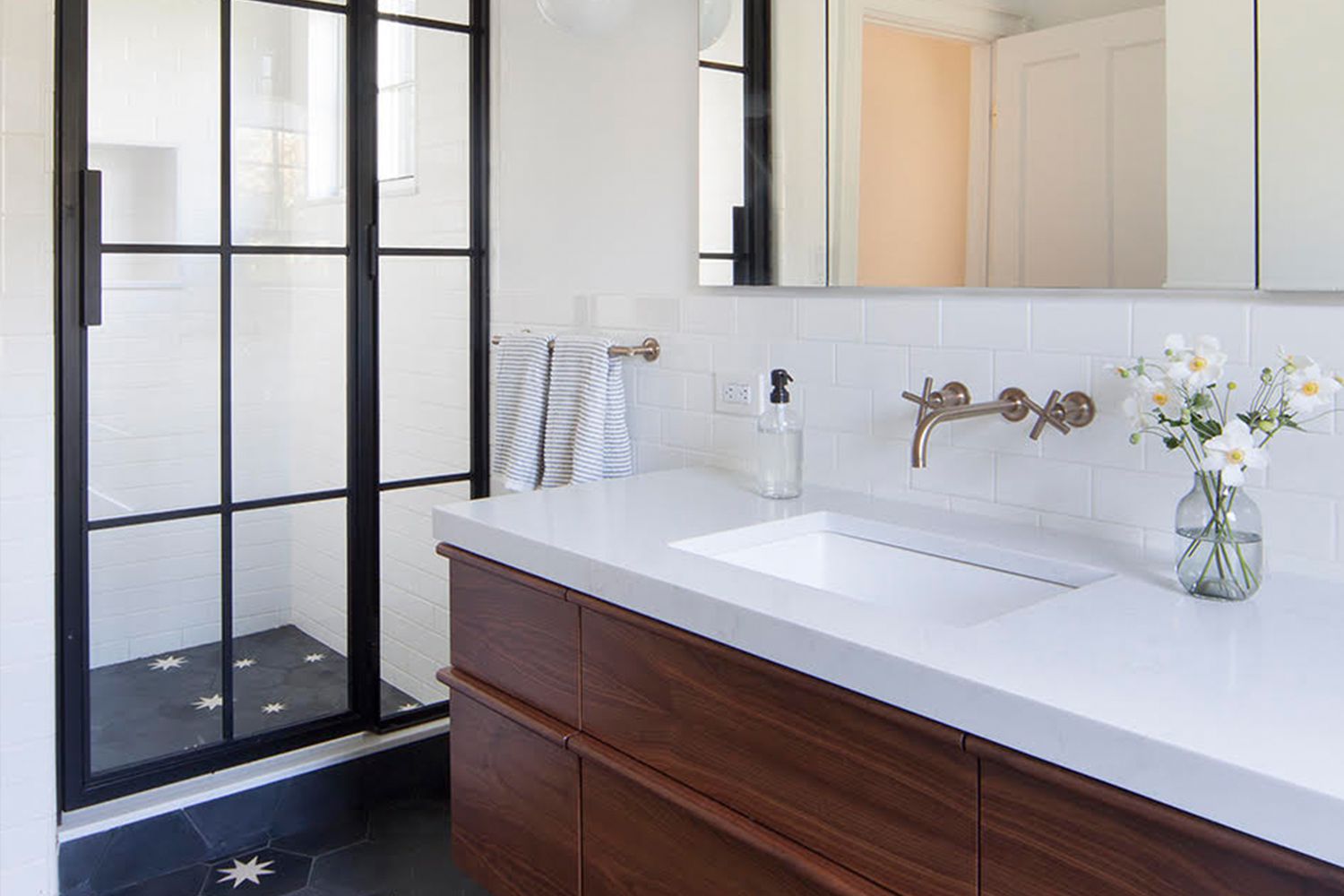
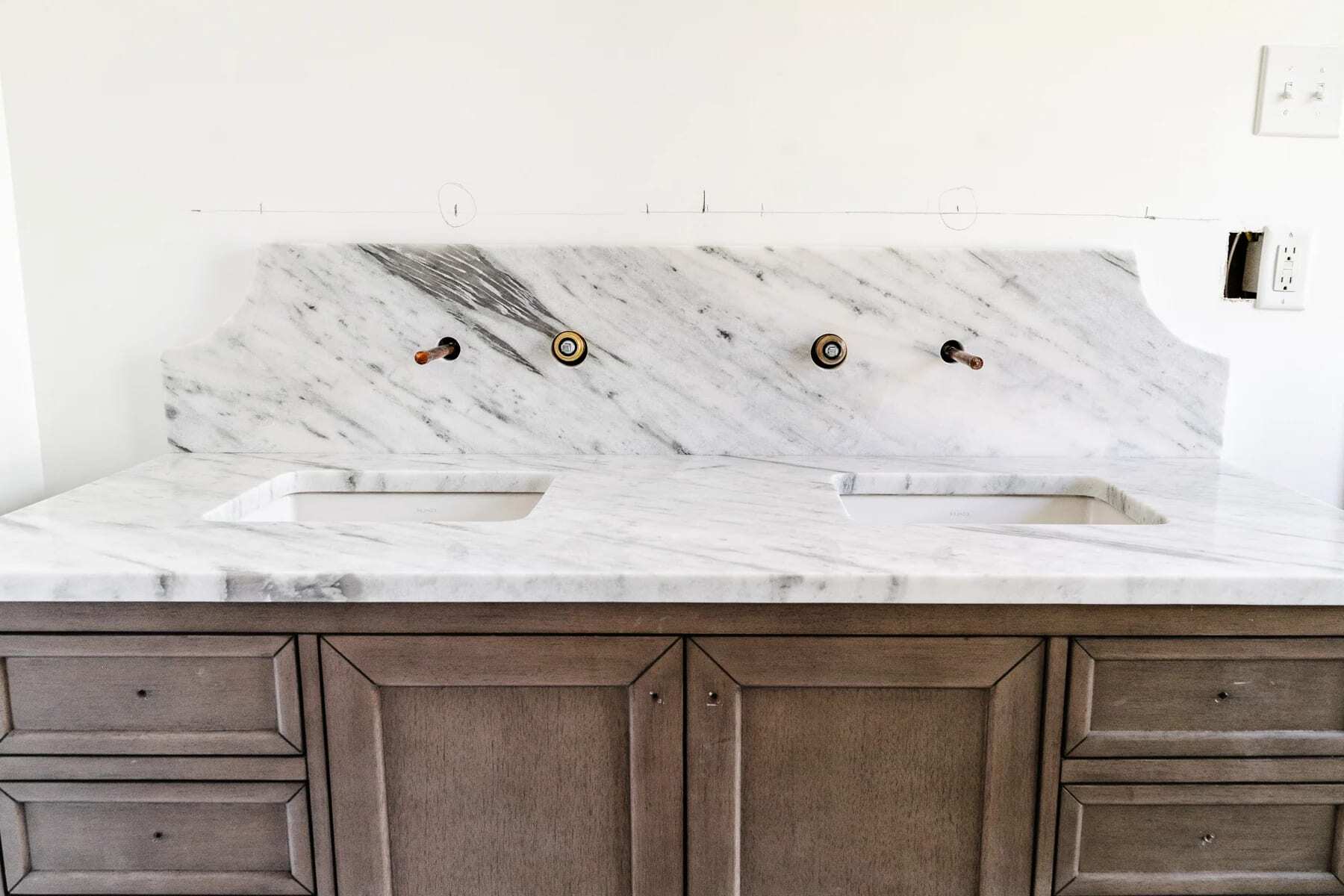
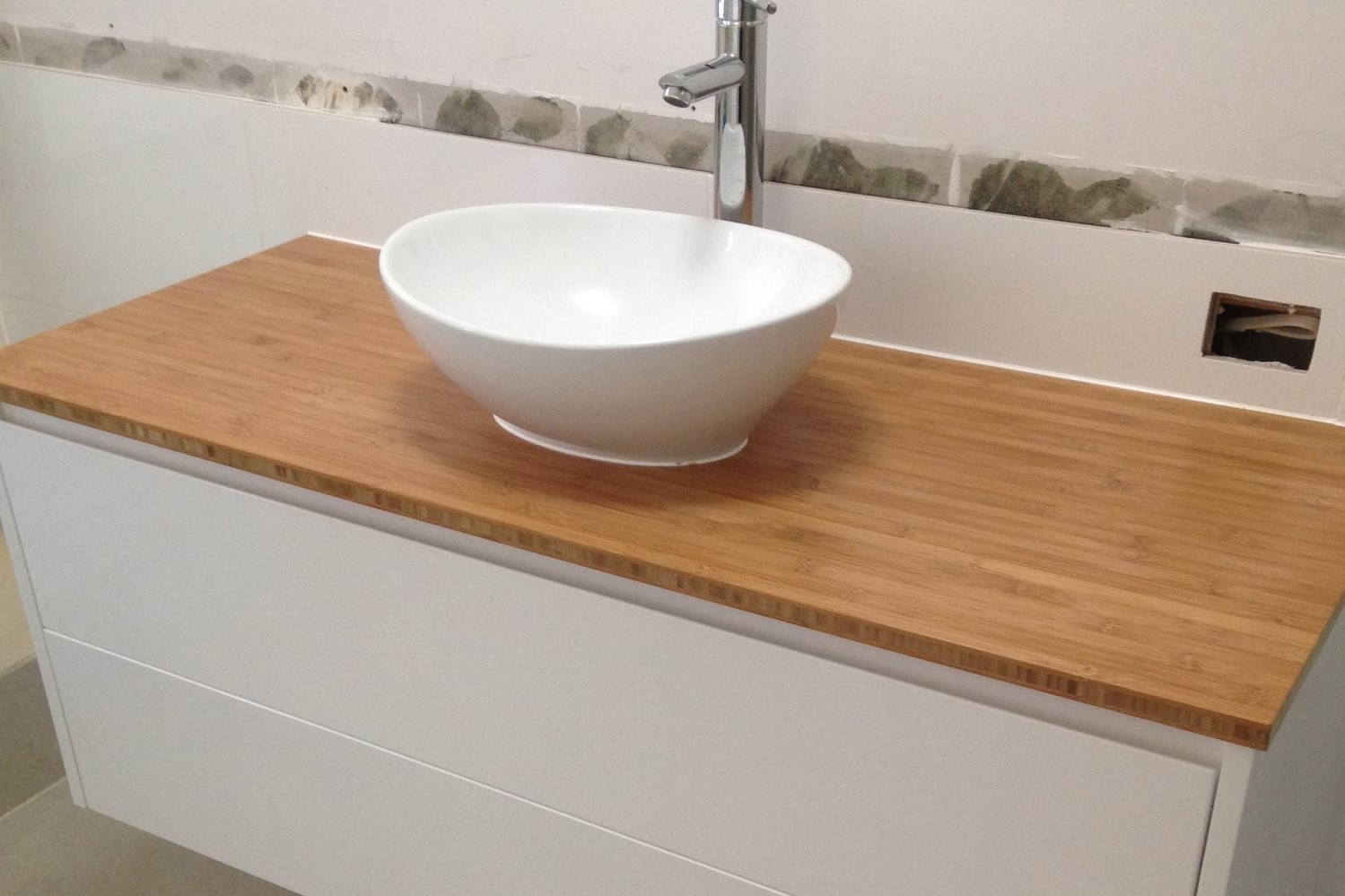
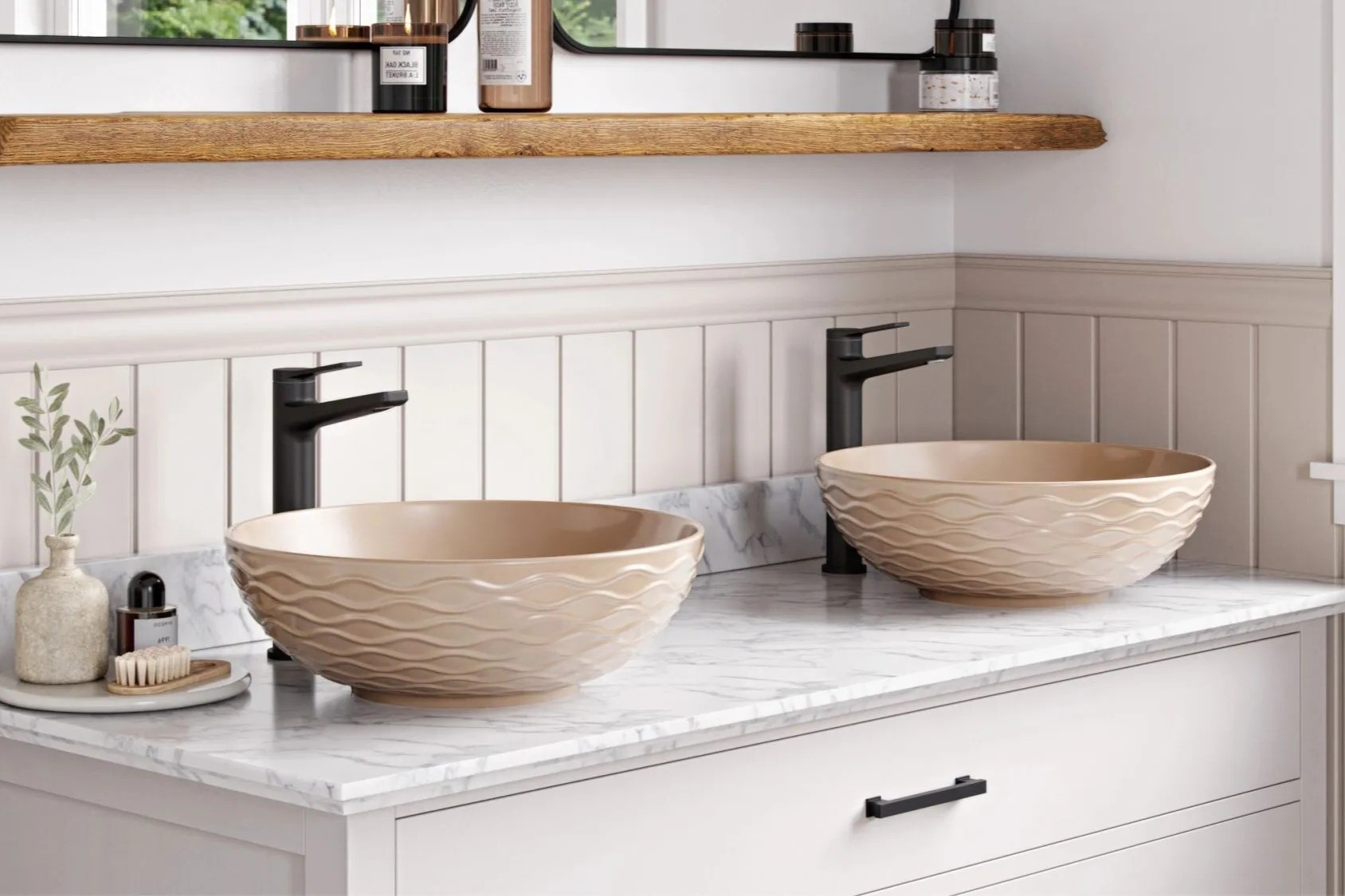
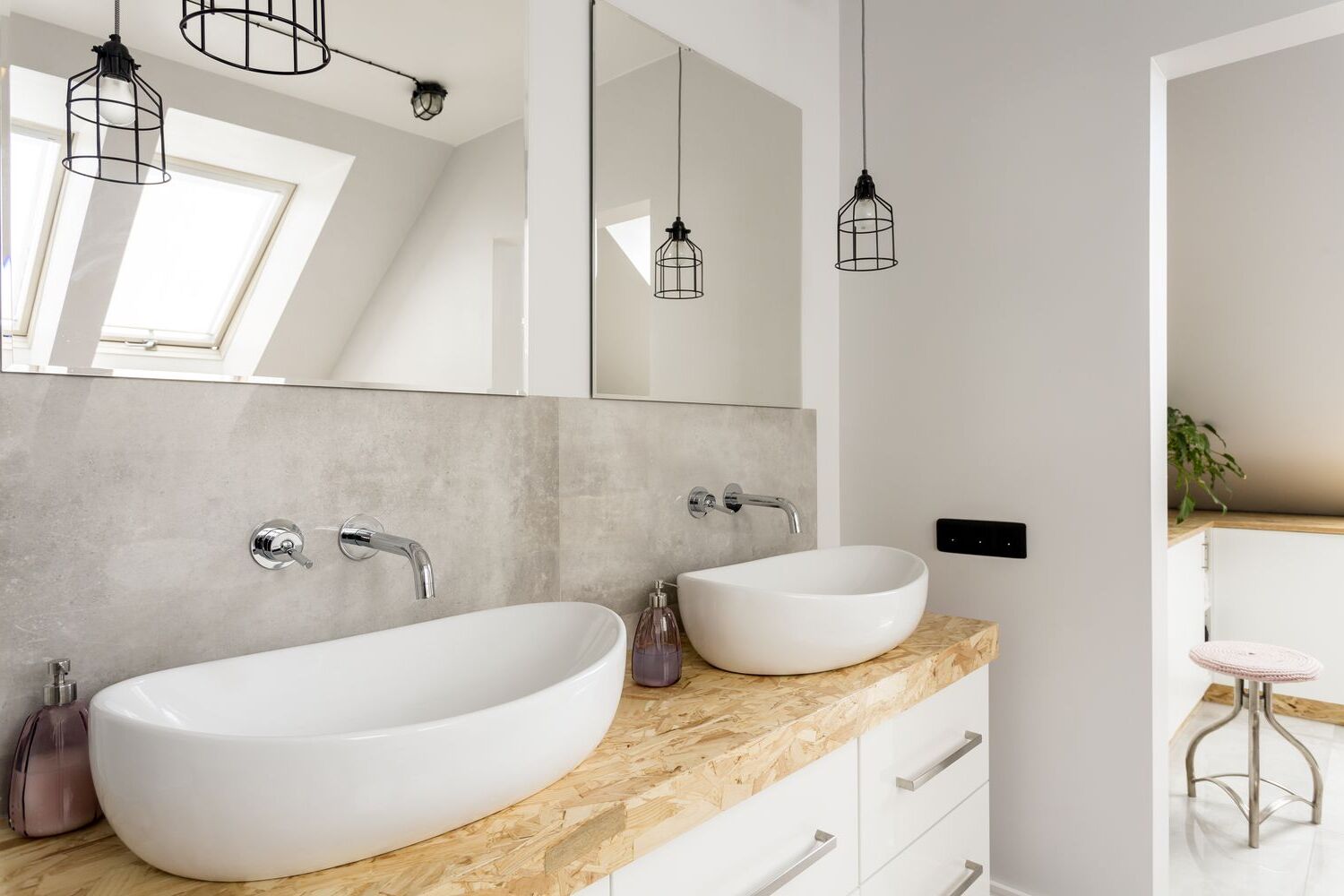
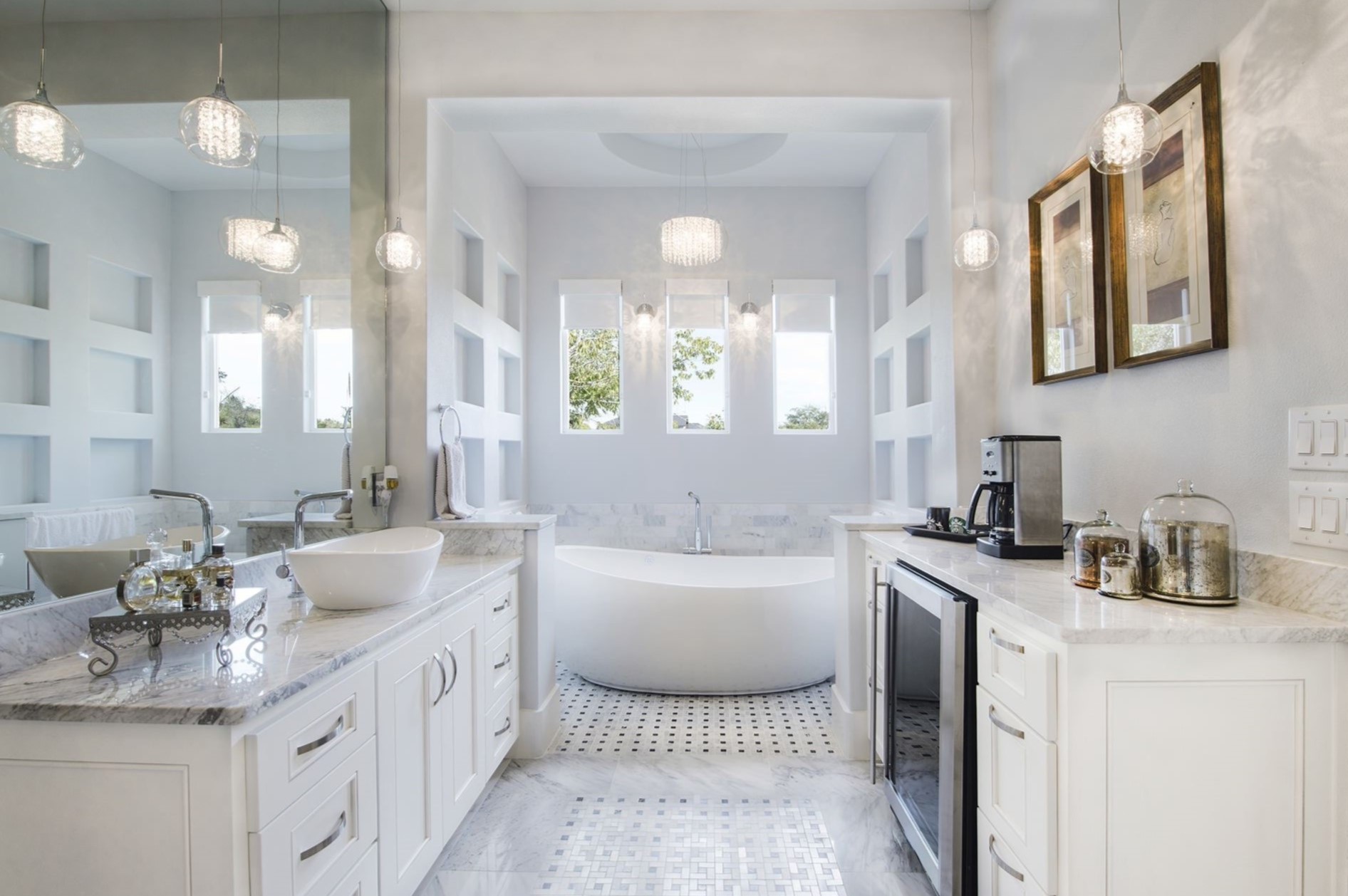

0 thoughts on “How To Choose And Install The Right Bathroom Vanity For A Small Powder Room”